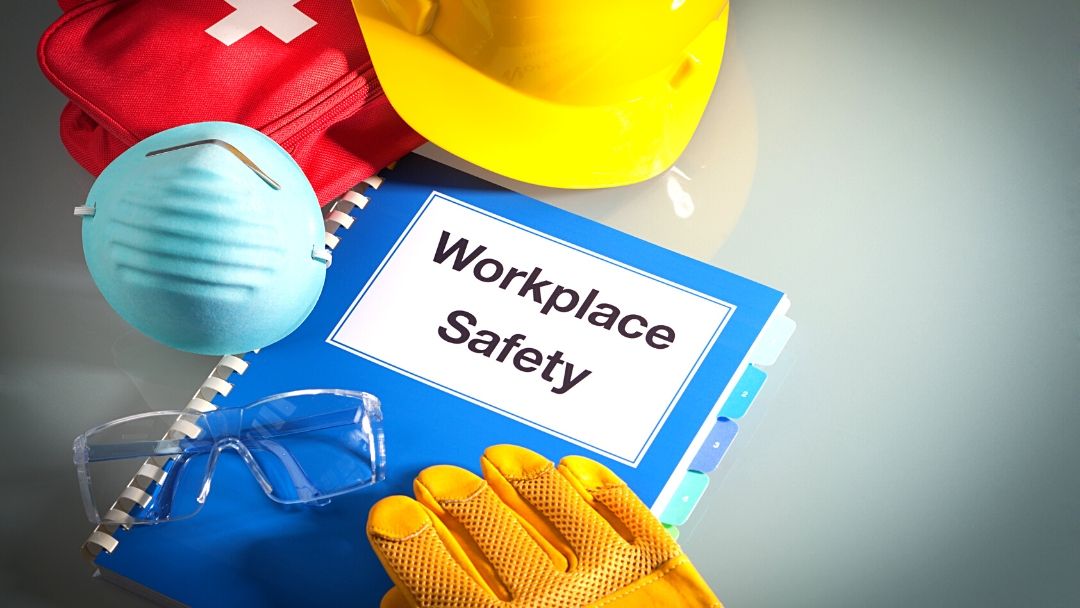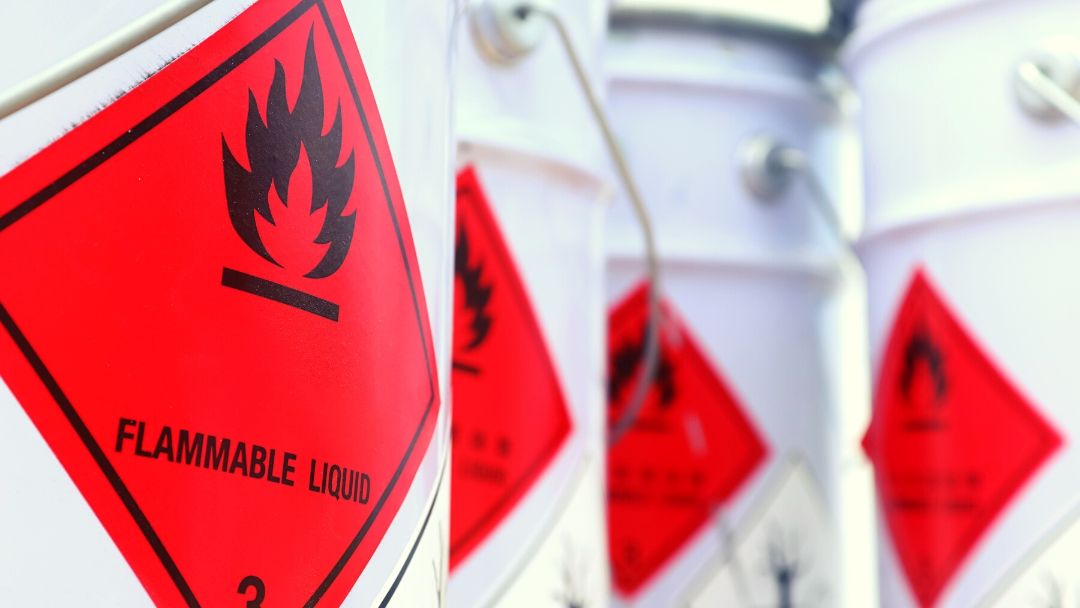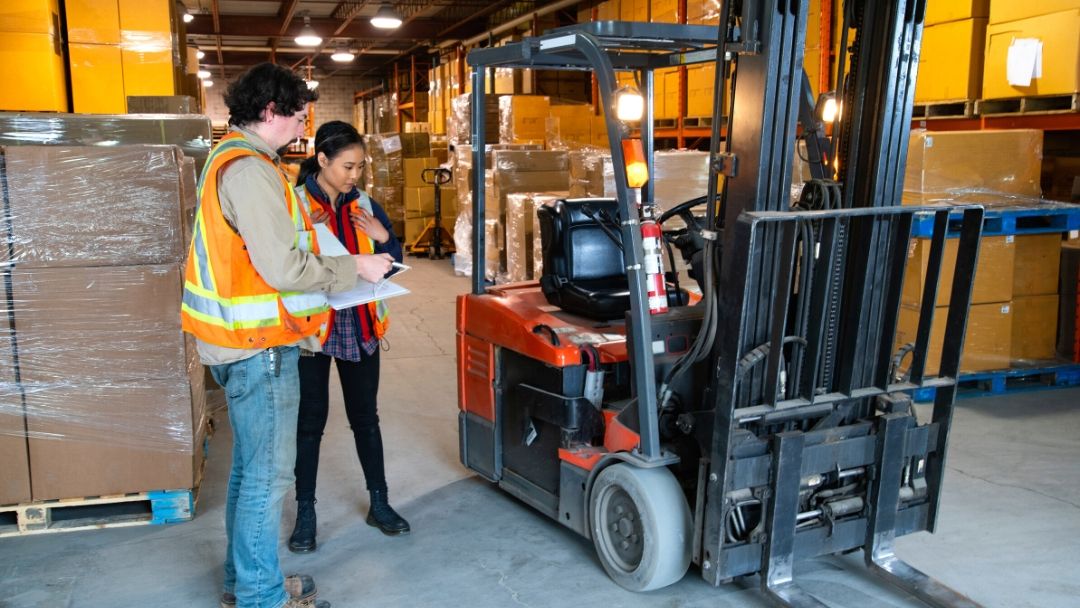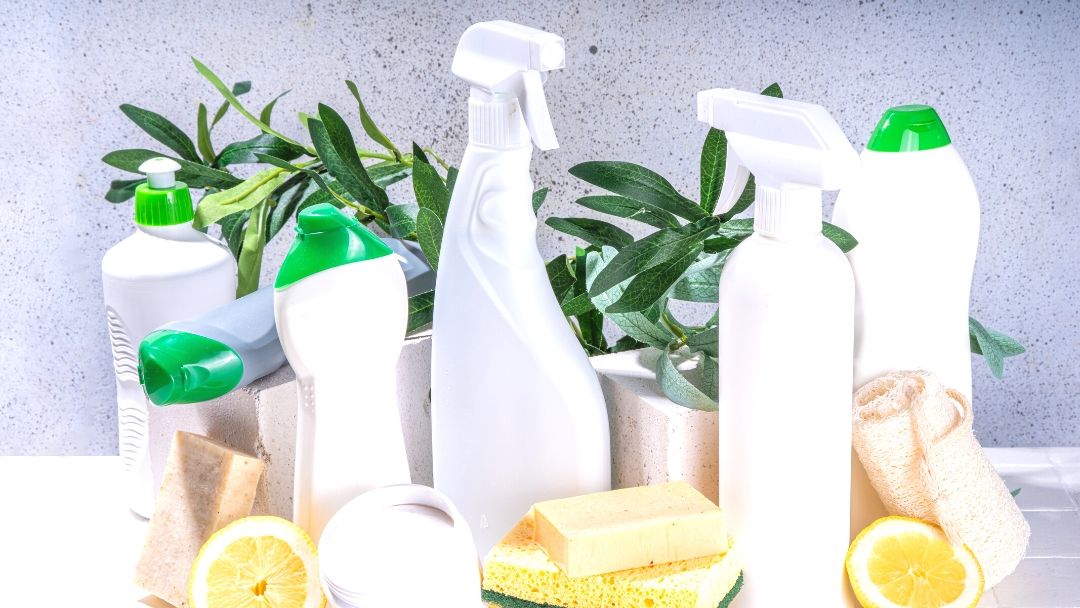Workplace safety is incredibly important, and one system that plays a big role in keeping workers safe is WHMIS (Workplace Hazardous Materials Information System).
But did you know that WHMIS has some fascinating and fun facts? Let's dive into the world of WHMIS and uncover some facts that may surprise you!
But did you know that WHMIS has some fascinating and fun facts? Let's dive into the world of WHMIS and uncover some facts that may surprise you!

1. How WHMIS Came to Exist
WHMIS was created when Canada and the United States realized they needed a way to communicate information about dangerous materials in a standardized manner.
They joined forces in the late 1980s to develop WHMIS, which helps keep workers safe by ensuring consistent labels and safety information for hazardous materials.
They joined forces in the late 1980s to develop WHMIS, which helps keep workers safe by ensuring consistent labels and safety information for hazardous materials.
2. The Symbols That Catch Your Eye
You've probably seen the WHMIS symbols, with their red diamonds and black symbols. But have you ever wondered why they look like that?
Well, the diamond shape and the contrasting colours were specifically chosen to grab your attention and quickly warn you about potential dangers.
Well, the diamond shape and the contrasting colours were specifically chosen to grab your attention and quickly warn you about potential dangers.

3. Sorting Substances into Classes
WHMIS categorizes hazardous materials into different classes based on their characteristics. These classes help workers and employers identify and handle substances safely.
Originally, WHMIS had six classes, but with the adoption of international standards, it expanded to include a total of nine classes.
Originally, WHMIS had six classes, but with the adoption of international standards, it expanded to include a total of nine classes.
4. Making Sure Everyone Understands
While WHMIS aims to promote safety, studies have shown that some workers still struggle to understand the system fully. Even though they receive mandatory WHMIS training, some workers may not grasp all the details.

That's why JADEO is working to bridge this education gap through our interactive WHMIS course. Workers who become certified with JADEO can easily recognize hazards, read labels, and take proper precautions.
5. WHMIS Beyond the Workplace
Although WHMIS focuses on workplace safety, many of the hazardous substances it covers can also be found in our daily lives. From cleaning products and automotive chemicals to paints and solvents, WHMIS helps raise awareness about potential risks associated with these common items.

6. The 2015 WHMIS Update
In 2015, WHMIS underwent a significant update to align with global standards called the Globally Harmonized System of Classification and Labelling of Chemicals (GHS).
This update introduced new hazard classes, symbols, and a standardized format for safety information. These changes make it easier for workers to understand and access critical safety details.
WHMIS is an absolutely essential system for promoting workplace safety. The next time you see those red diamonds and symbols, remember the interesting facts about WHMIS and its commitment to ensuring a safer working environment for every Canadian.
This update introduced new hazard classes, symbols, and a standardized format for safety information. These changes make it easier for workers to understand and access critical safety details.
WHMIS is an absolutely essential system for promoting workplace safety. The next time you see those red diamonds and symbols, remember the interesting facts about WHMIS and its commitment to ensuring a safer working environment for every Canadian.
Level up your workplace safety!
